Business News
Top 10 Lowest and Weakest Currencies in The World
The majority of individuals are aware of the world’s most stable currencies. What about the lowest and weakest Currencies in The World?
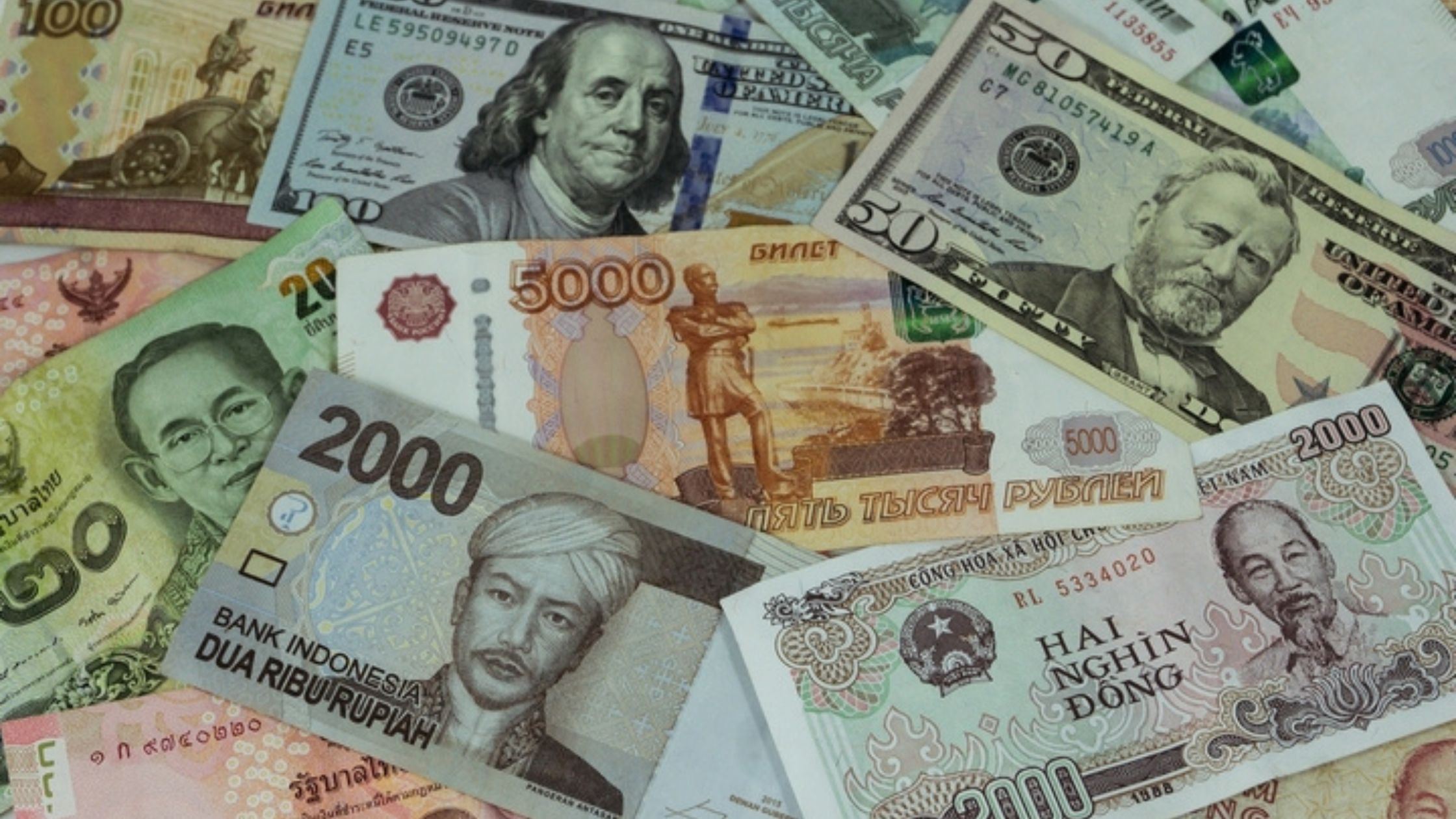
Lowest and Weakest Currencies in The World: The majority of individuals are aware of the world’s most powerful, stable, and strong currencies. What about the currencies that are least valuable globally? Who is aware of their names and the regions in which they were issued?
For instance, the British Pound Sterling, Swiss Franc (Swissie), US Dollar, and Euro are the most stable currencies, see the strongest currencies. However, given that the economic climate in each of these nations is changing quickly, it was challenging for us to rank the least valuable currencies.
A currency is considered weak if its value has decreased while other currencies’ values have increased. When a currency’s value declines in relation to other currencies, it is said to be weak. Numerous factors contribute to a weak currency, the most significant of which is an economy that is weak. A strong currency is linked to a prosperous economy, while a weak currency is linked to a struggling one.
A number of traits are shared by currencies that are fundamentally weak. Examples include long-term current accounts, budget deficits, inflationary pressures, and sluggish economic growth. With the ability to freely exchange currencies, weaker currency holders may import at considerably higher rates than they export, which would increase supply on global foreign exchange markets. While a major currency’s exporters may temporarily gain from a decline in value, other underlying problems could eliminate this advantage.
Top 10 Lowest and Weakest Currencies in The World
The table below shows the ranking list of the Top 10 Lowest and Weakest Currencies in The World along with the current exchange rate of 1 USD
| Ranking | Currency | Code | Exchange rate (1 USD) | Country |
| 1 | Iranian Rial | IRR | IRR 42,400 | Iran |
| 2 | Vietnam Dong | VND | VND 24,145 | Vietnam |
| 3 | Laotian Kip | LAK | LAK 17,280 | Laos |
| 4 | Sierra Leonean Leone | SLL | SLL 16,450 | Sierra Leone |
| 5 | Rupiah | IDR | IDR 15,407 | Indonesia |
| 6 | Uzbekistani Sum | UZS | UZS 11,098 | Uzbekistan |
| 7 | Guinean franc | GNF | GNF 8,637 | Guinea |
| 8 | Venezuelan Bolivar Soberano | VES | VES 8,265 | Venezuela |
| 9 | Paraguayan Guarani | PYG | PYG 7,131 | Paraguay |
| 10 | Cambodian Riel | KHR | KHR 4,131 | Cambodia |
1. Iranian Rial-IRR
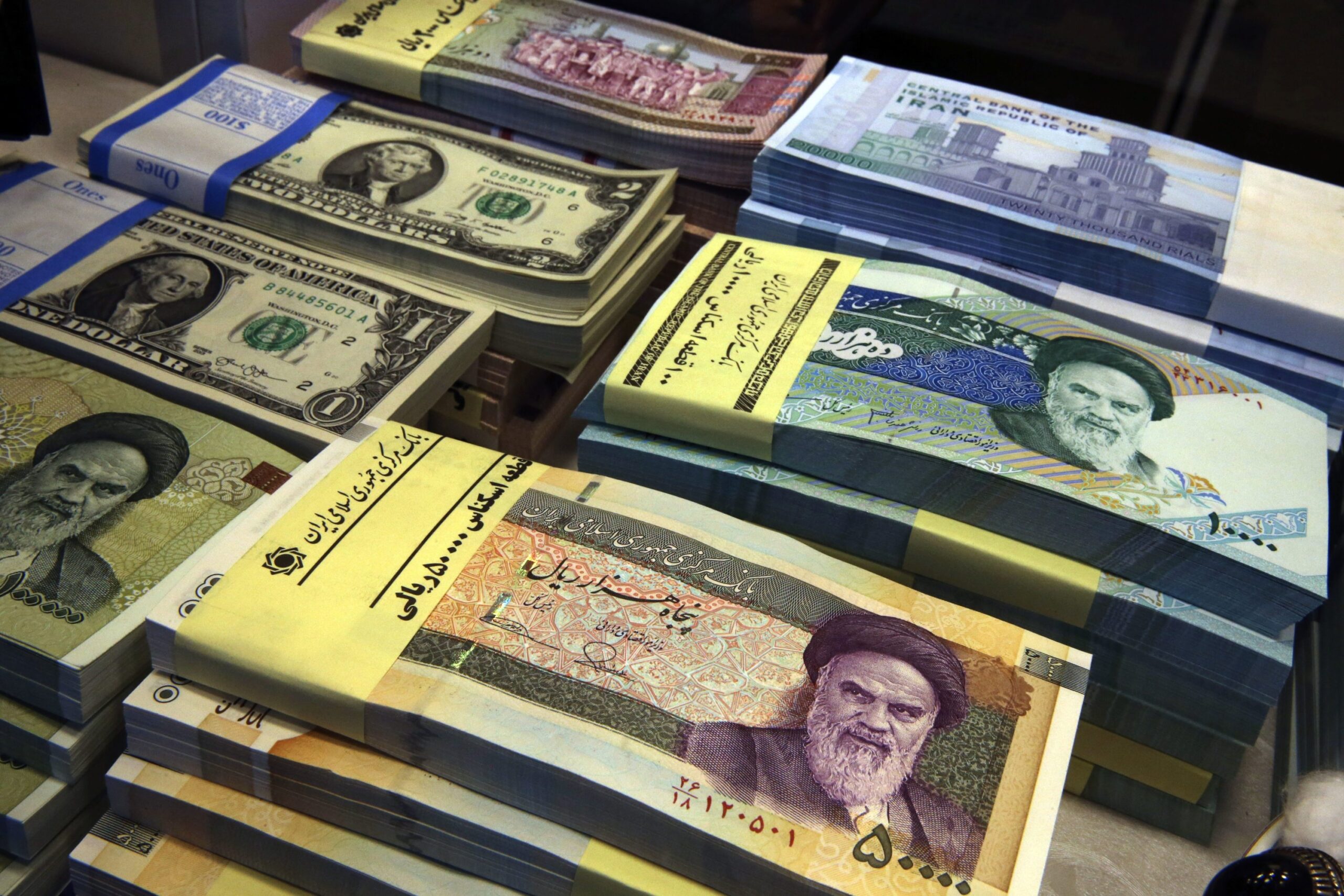
Lowest and Weakest Currencies in The World
The lowest and weakest currency in the world is the Iranian Rial. . After the Islamic Revolution in 1979, when many firms fled the nation due to the unpredictability of the situation, it began to devalue. Then the Iran-Iraq War broke out, followed by economic restrictions brought on by the nation’s nuclear program. Additionally, the Iranian government limited its residents’ access to foreign currency, which boosted the illegal market significantly. All of this hurts the economy and reduced the value of the currency by over 400%.
The Iranian administration consented to sign the nuclear agreement with the United States, France, United Kingdom, China, Russia, and Germany in 2015 in exchange for the lifting of sanctions. It made things better and kept the local currency stable.
However, the United States asserted in 2018 that Iran is continuing its nuclear program. The severity of the sanctions was increased, which limited the nation’s access to international commodity markets. Iran was no longer able to export its petroleum, which accounted for 69% of its annual revenue. It caused a significant deficit in its country’s budget. Other industries were also subject to the sanctions, such as metallurgy and petrochemistry.
Iran experienced hyperinflation and a 600% devaluation of its currency by May 2020. For this reason, the government chose to convert the Rial to the Toman and remove four zeros from its face value, meaning that 10,000 old Rials will equal one Toman.
2. Vietnam Dong-VND
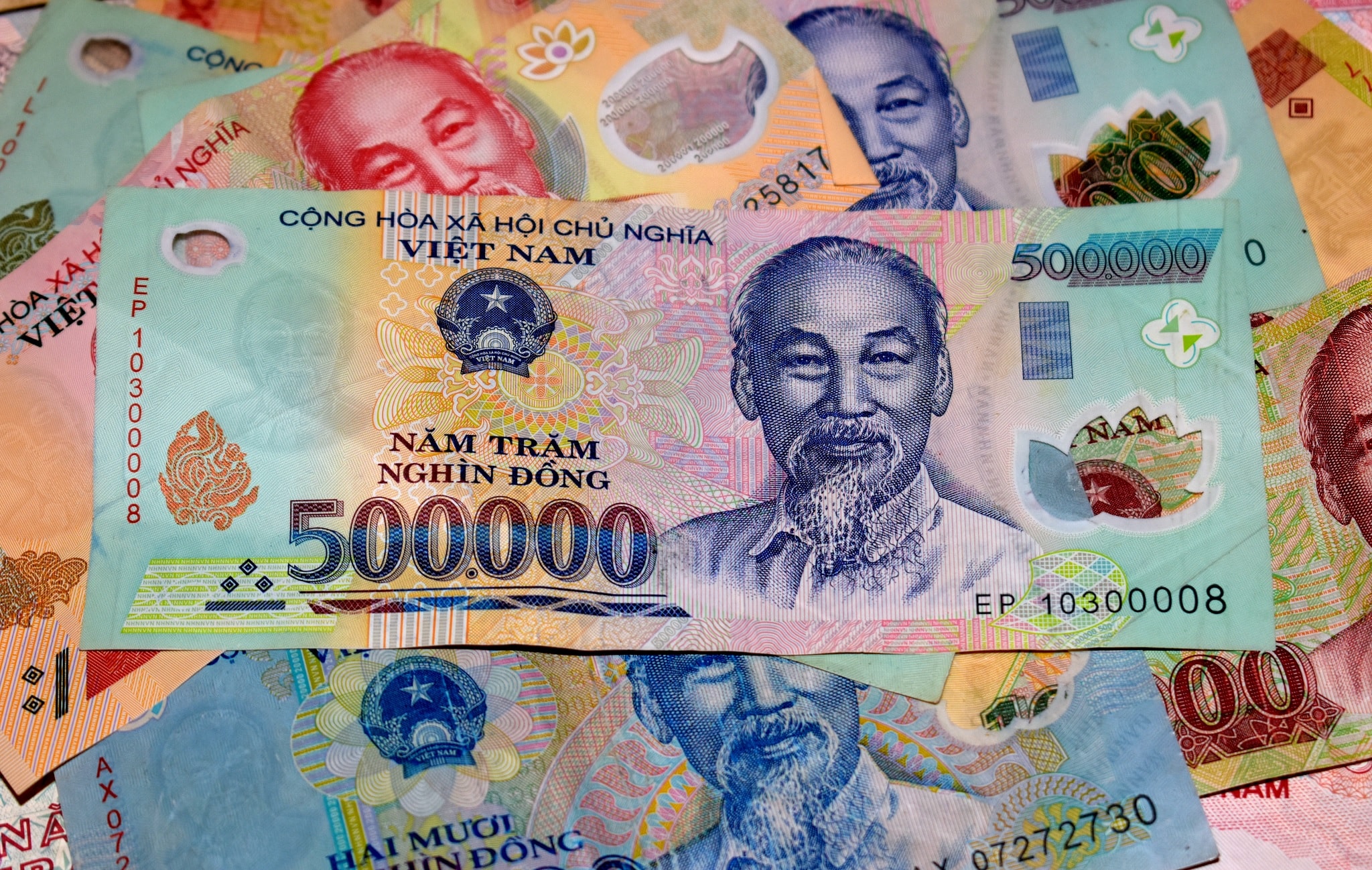
Lowest and Weakest Currencies in The World
The endeavor of Vietnam to transition from a centralized to a market economy has an effect on its currency. The country transitioned from being among the world’s poorest to being one of East Asia’s most active emerging markets after switching from a centrally planned to a market economy, placing it in the lower-middle-income category.
The Vietnamese Dong (VND) is still inexpensive when compared to the British Pound Sterling (GBP), with £1 equaling 30285 VND, despite ongoing internal reforms that are anticipated to strengthen the economy in the next years. Due to investor reluctance to invest in relatively foreign currencies, the dong has had little impact on the world economy.
3. Laotian Kip-LAK

Lowest and Weakest Currencies in The World
Given that the Lao People’s Democratic Republic (LAO) is one of the fastest-growing economies in East Asia and the Pacific, its currency exchange rate is uncharacteristically low. Improved access to power, schools, roads, and other infrastructure has allowed Laos to establish itself as a prominent energy exporter in recent years.
Over the last decade, annual economic growth has averaged 7.8%. Despite the gains, the Lao Kip (LAK) remains undervalued in comparison to major currencies, with the Pound-to-Kip rate (GBPLAK) currently trading at 11200.
4. Sierra Leonean Leone-SLL
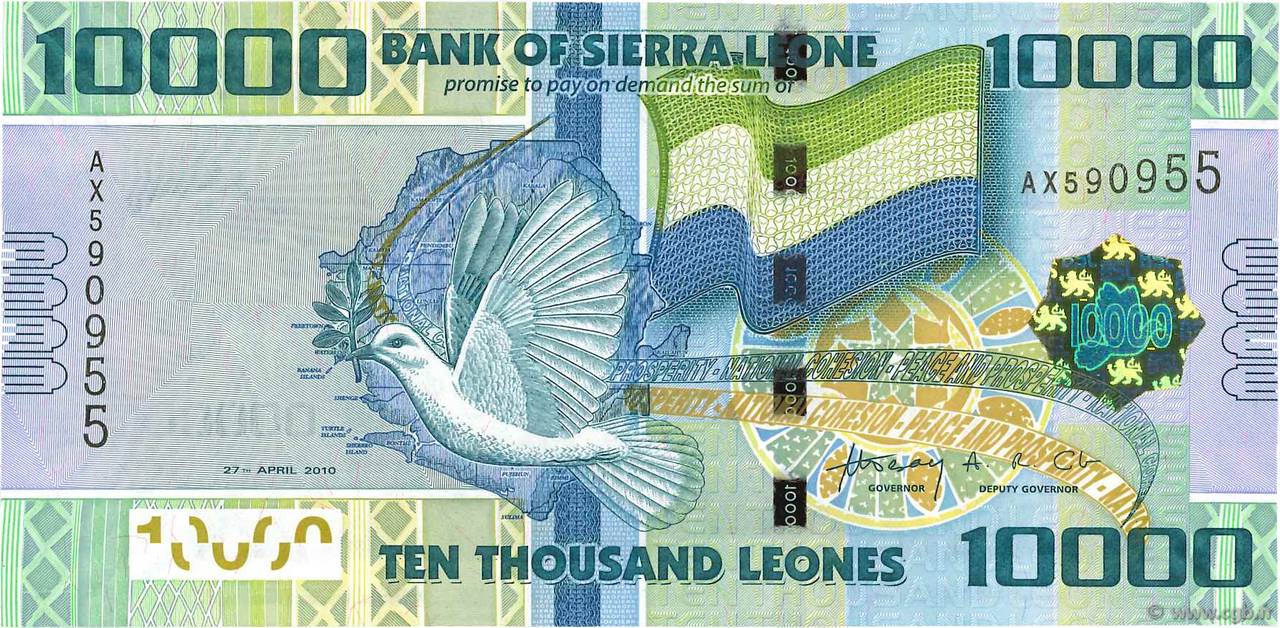
Lowest and Weakest Currencies in The World
Sierra Leone is a severely underdeveloped nation in Africa that has undergone numerous difficult tests that have devalued its currency. There was recently a battle, and the deadly Ebola virus keeps coming back.
The Bank of Sierra Leone decided to renominate Sierra Leonean Leone in August 2021. With a ratio of 1 New Leone to 1,000 Old SLL, old banknotes will be replaced with new ones dubbed the New Leone.
5. Rupiah-IDR
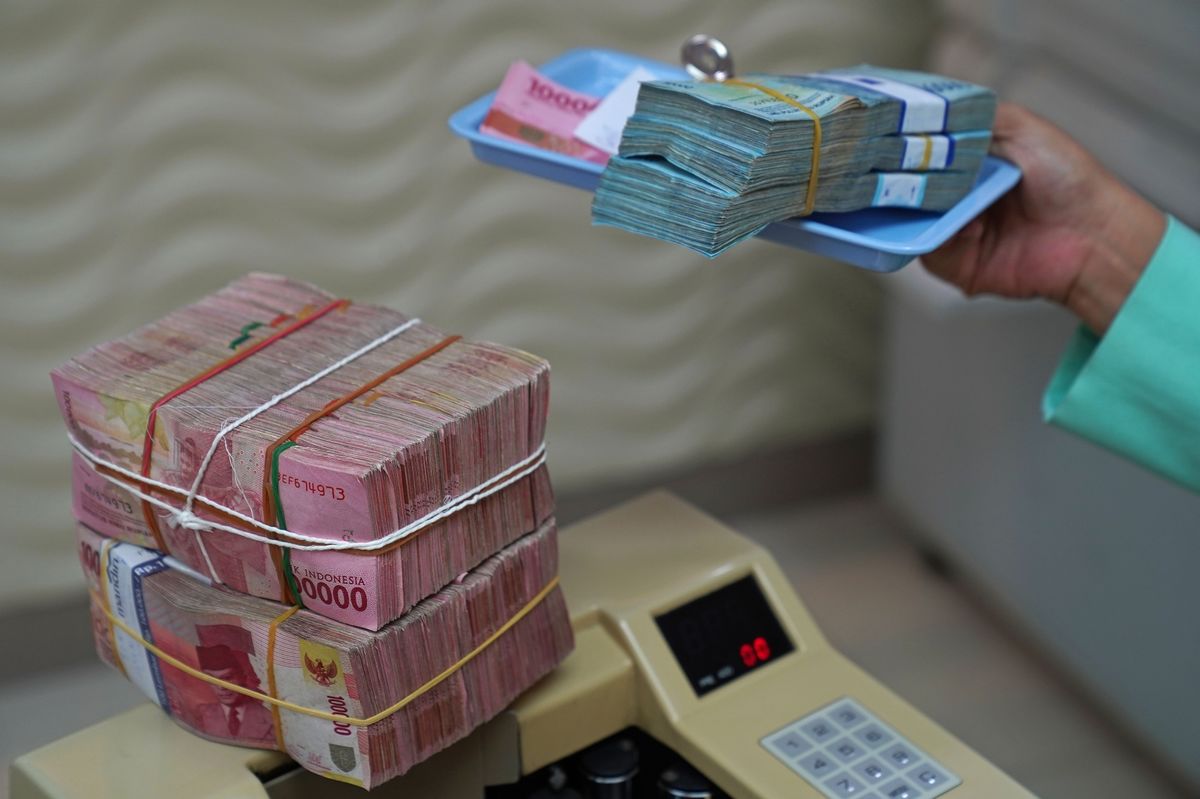
Lowest and Weakest Currencies in The World
Due to the low value of old-style banknotes, 7 new banknotes with denominations ranging from 1000 to 100,000 rupiahs were minted by presidential order on September 5, 2016.
The southeast Asian nation of Indonesia is relatively developed and has a steady economy. However, the value of its currency is quite low. The nation’s regulatory bodies have tried everything to fortify the national currency, but the results of their efforts have been negligible.
6. Uzbekistani Sum-UZS

Lowest and Weakest Currencies in The World
The beginning of the Uzbek government’s ambitious program of market-oriented reforms in 2017, which was unparalleled in the country’s modern history, caused the 2017 wave of depreciation.
According to The World Bank, “the Government’s National Development Strategy for 2017-21 targets to change the country with the aid of using liberalizing the economy, reshaping the position of the kingdom withinside the economy, modernizing agriculture, strengthening governance, growing markets, together with in economic services, allowing non-public area growth, making an investment in human capital, and enhancing social safety and provider of transportation for all citizens.
7. Guinean franc-GNF
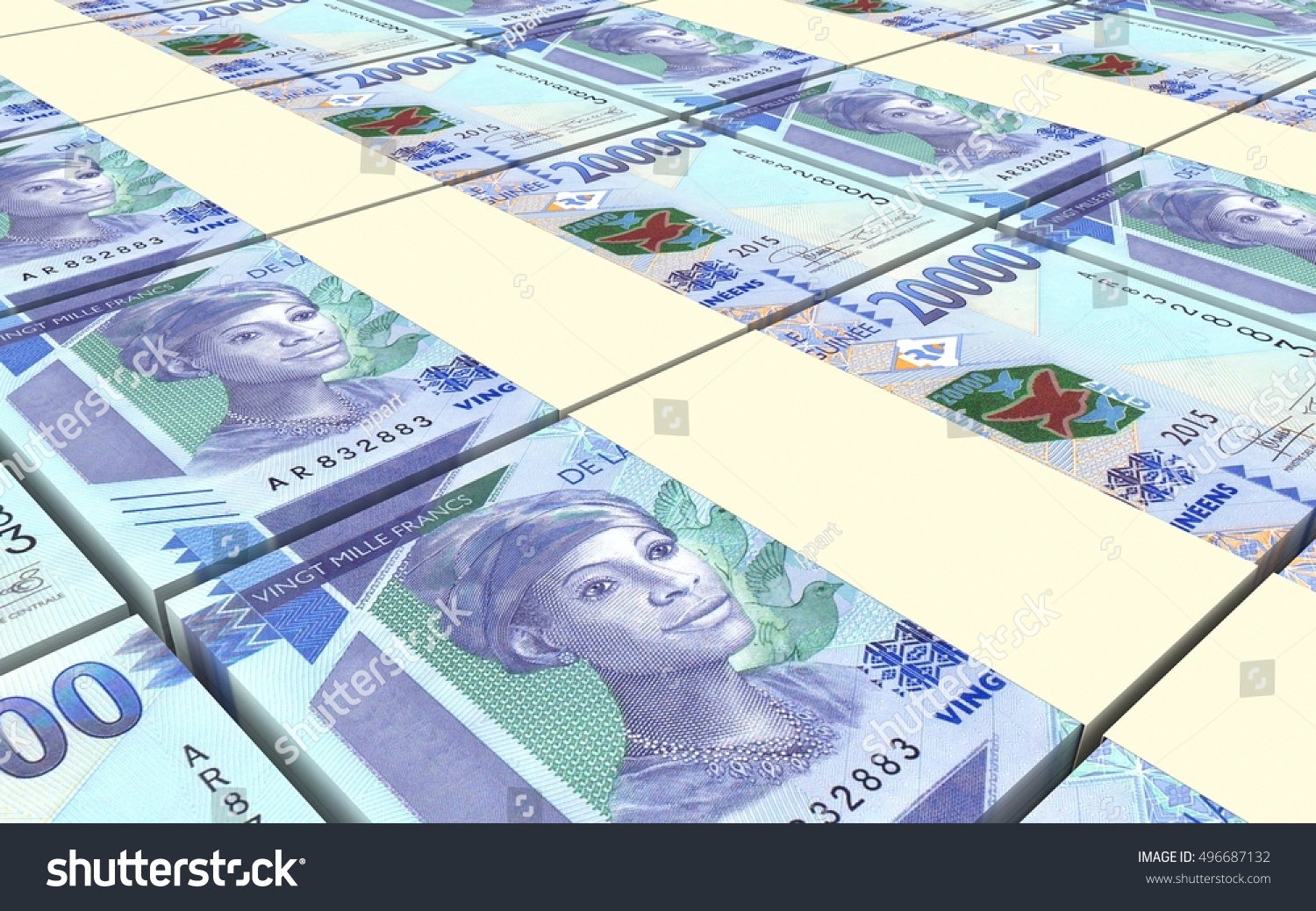
Lowest and Weakest Currencies in The World
A high inflation rate, developing poverty, and prospering criminals depreciated Guinea’s currency, making it one of the most inflated in Africa. Given its natural resources such as gold, diamonds, and aluminum, this country’s currency should be among the most valuable.
8. Venezuelan Bolivar Soberano-VES
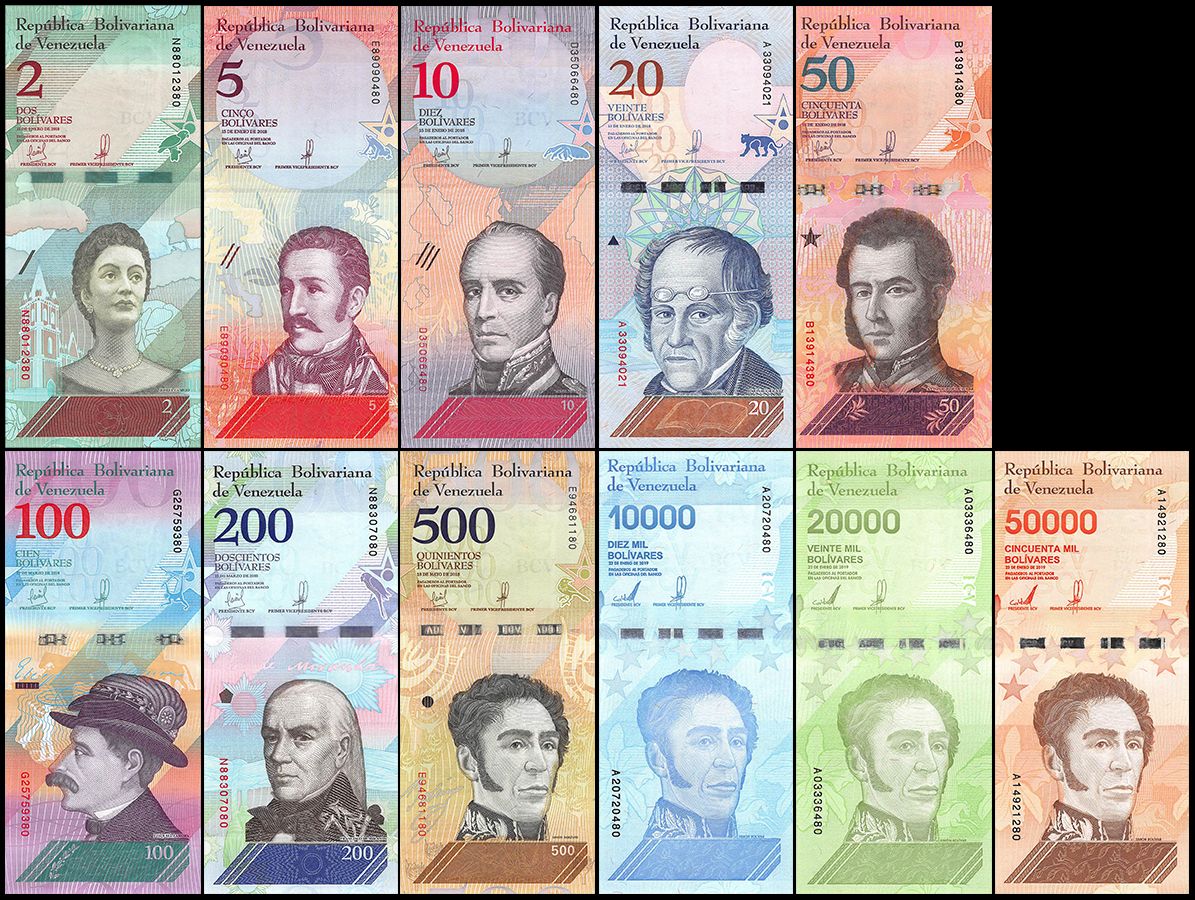
Lowest and Weakest Currencies in The World
One of the weakest and most worthless currencies in the world is Venezuela. Covid 19’s effects on the economy led to hyperinflation of more than 830000 percent, which was one of the reasons why the value of the currency fell to a record low in 2020.
In the first quarter of 2021, the Venezuelan central bank released brand-new banknotes with denominations of 200000, 500000, and 1000000 in an effort to stabilize the economy of the nation.
9. Paraguayan Guarani-PYG
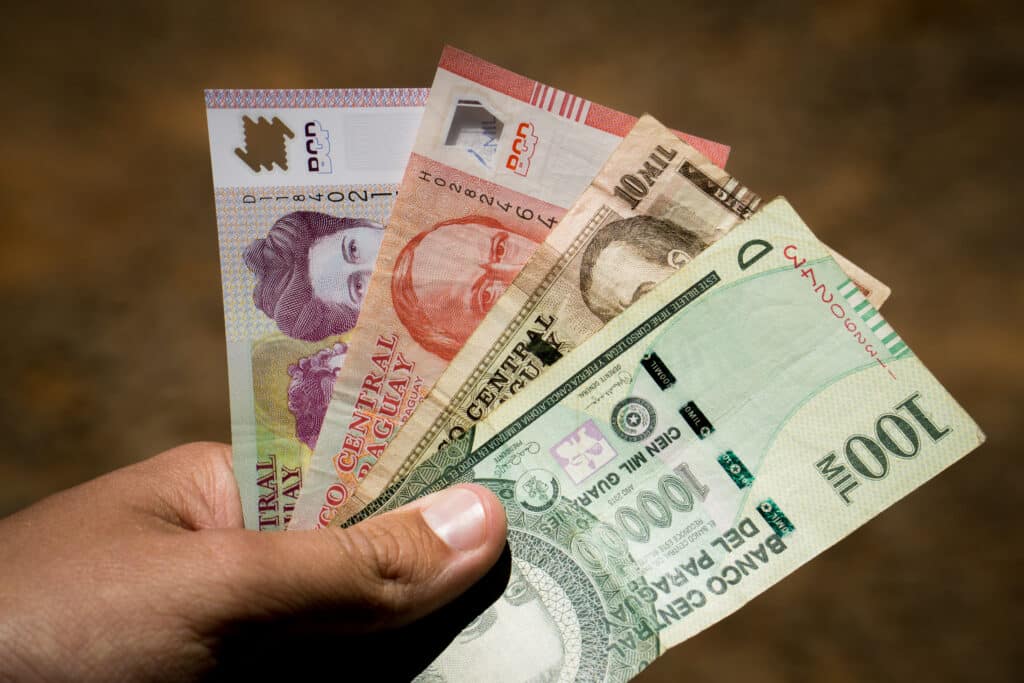
Lowest and Weakest Currencies in The World
Paraguay is the second poorest country in South America. It experienced a severe economic decline, which included inflation, corruption, poor education quality, a large number of poor people, significant unemployment, and so on. Paraguay exports cotton and soybeans, but this is insufficient to meet the country’s economic demands.
10. Cambodian Riel-KHR
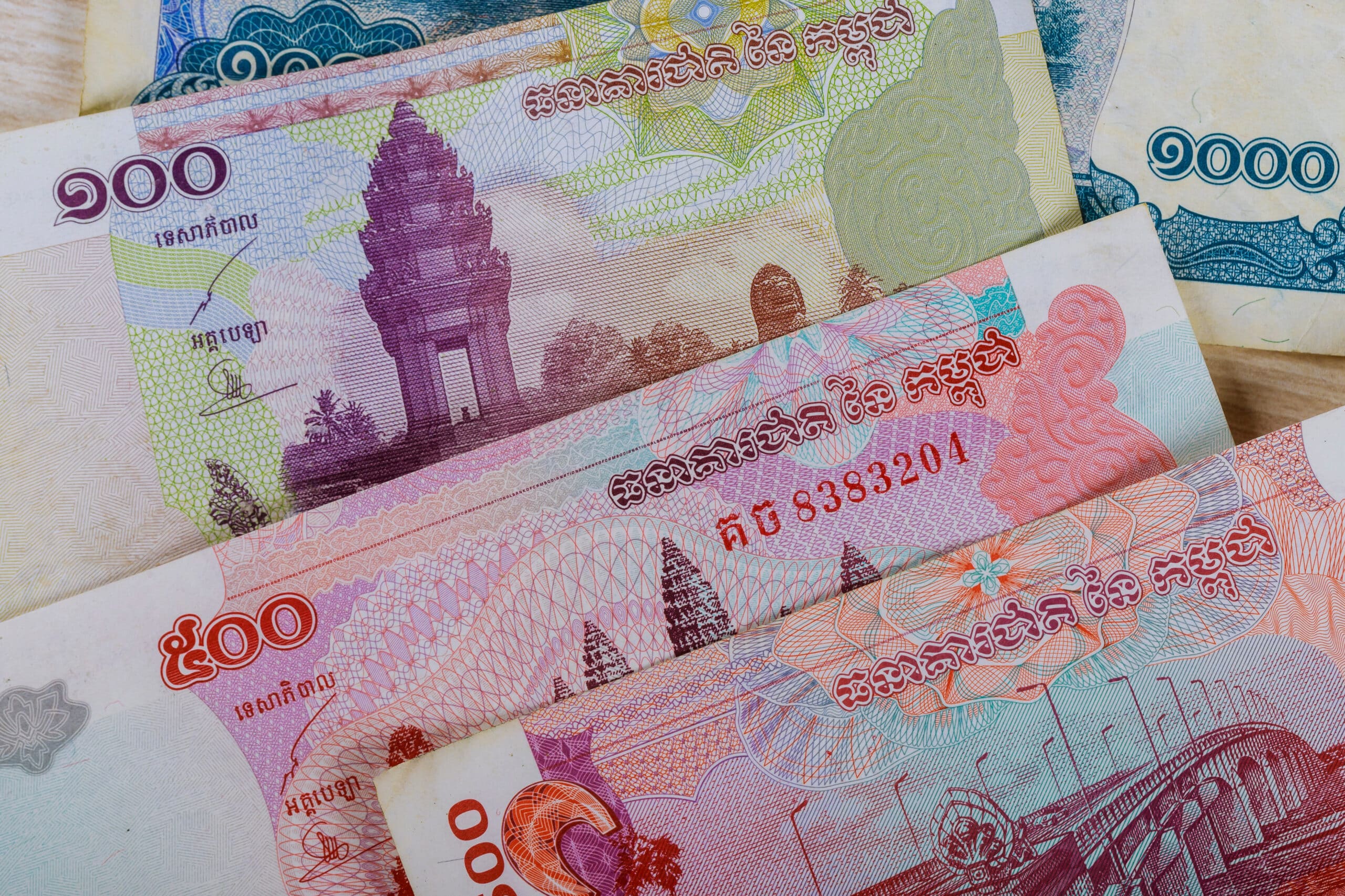
Lowest and Weakest Currencies in The World
Cambodian Riel is the world’s tenth-weakest currency. Cambodian Riel is the currency of this Southeast Asian Monarchy.
The Indochinese Piaster was replaced by this currency in 1995. The Riel initially had a poor exchange rate and was unpopular among locals who had chosen to utilize foreign currencies.
Many Cambodians now choose to pay in US dollars, causing the local currency to weaken even further.
READ MORE: The Top 10 Currencies in the World (2022)
Summary
Here is a summary list of the Top 10 Lowest and Weakest Currencies in The World
- Iranian Rial-IRR
- Vietnam Dong-VND
- Laotian Kip-LAK
- Sierra Leonean Leone-SLL
- Rupiah-IDR
- Uzbekistani Sum-UZS
- Guinean franc-GNF
- Venezuelan Bolivar Soberano-VES
- Paraguayan Guarani-PYG
- Cambodian Riel-KHR
